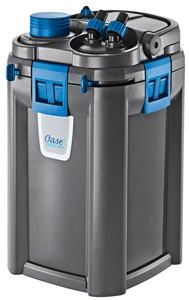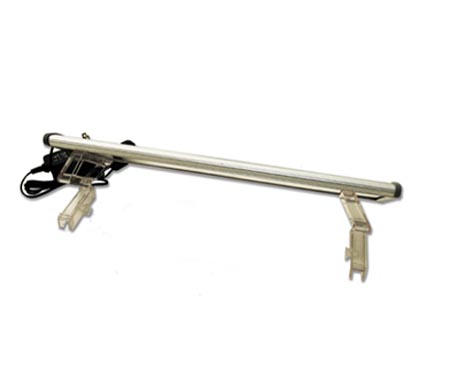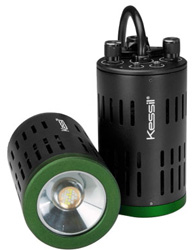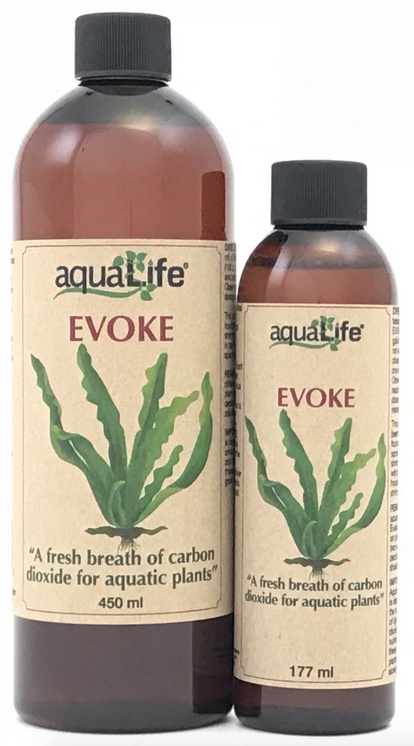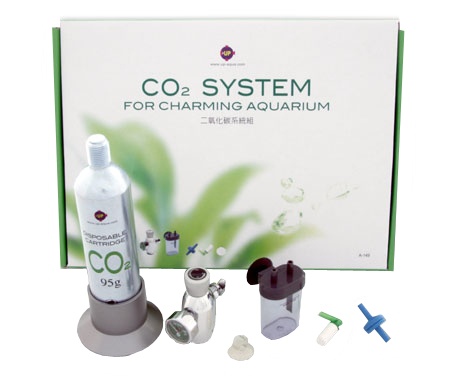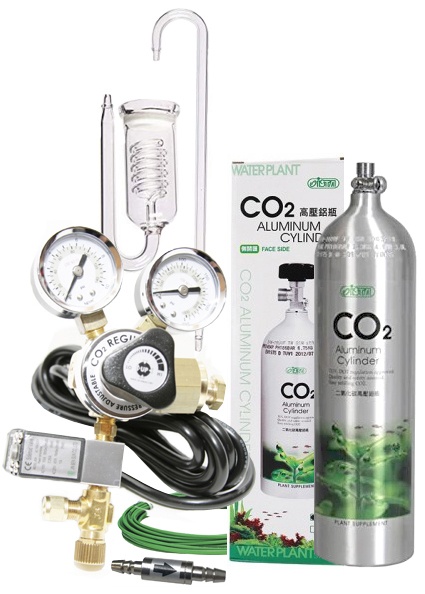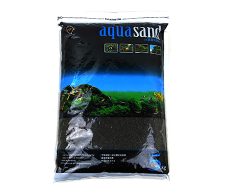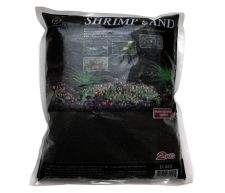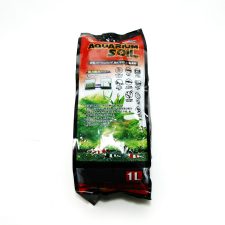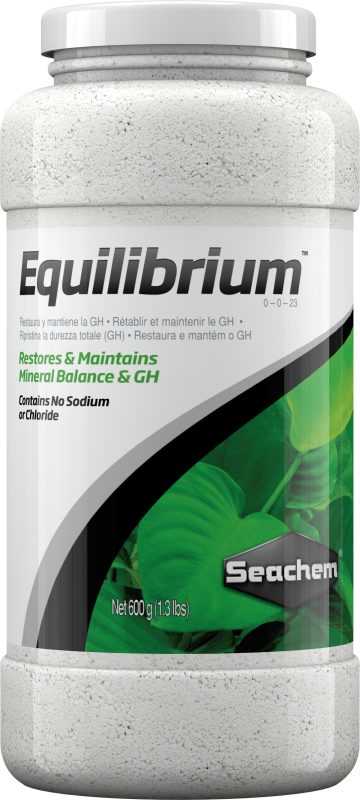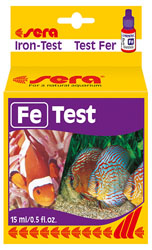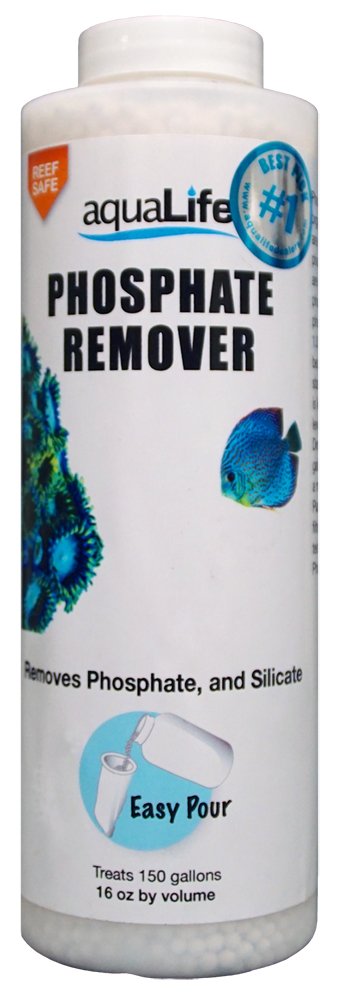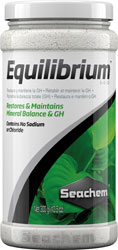11. The Freshwater Planted Tank Product Selection & How to Guide
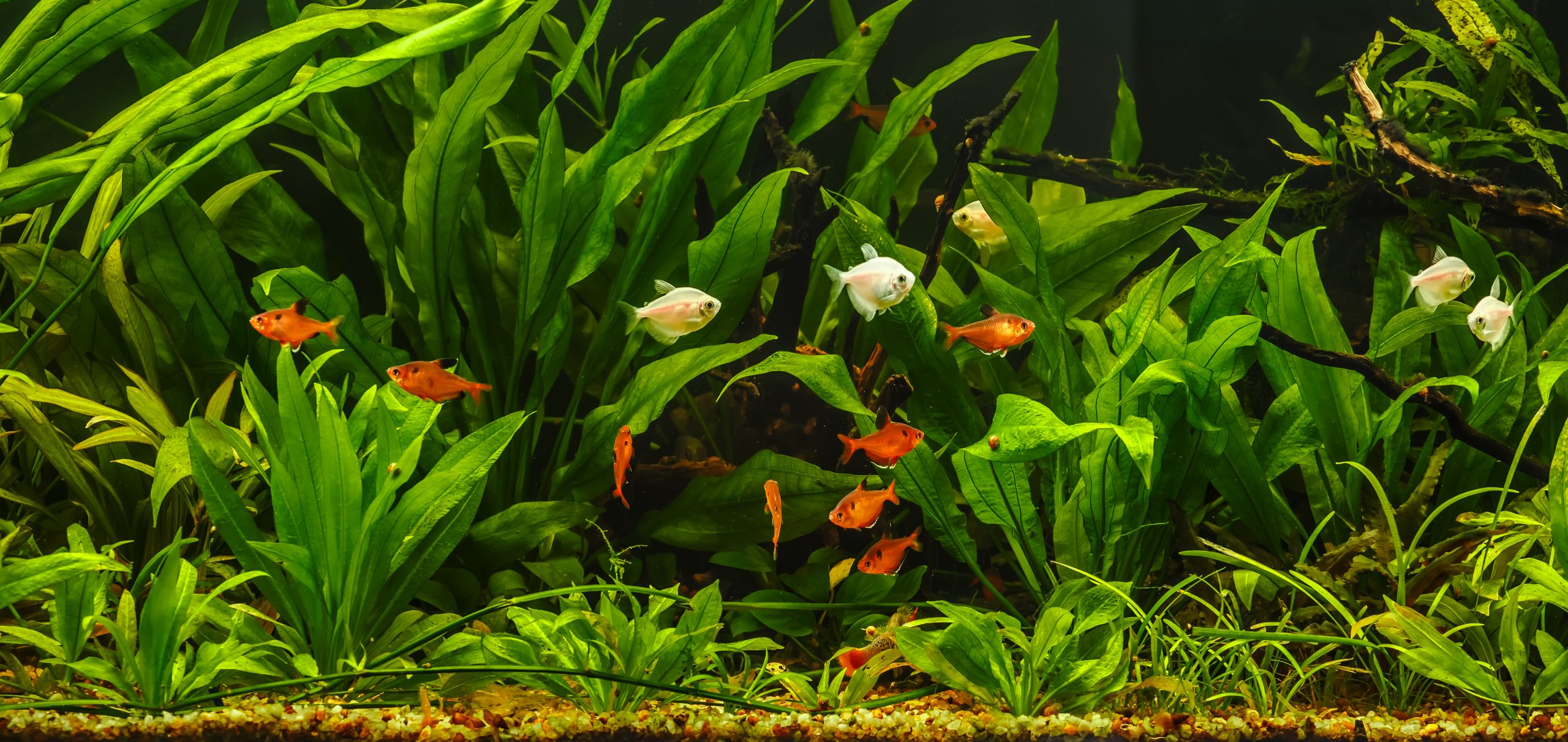

Many hobbyists dream of keeping a beautiful, healthy planted tank. There is a daunting array of products on the market boasting to “make your tank thrive.” Which products do you need? How should you use them? When should you use them?
There are a number of ways to create the “ideal” planted tank. The simple guidelines below describe a reliable method and tested products for setting up a planted tank. By following these guidelines and carefully selecting products, from day one, even the beginner can culture a healthy, enchanting planted wonderland. We’ve ranked each category in terms of Good, Better, or Best in regard to brand and quality.
The Equipment
Filtration
Good:
AZOO Mignon Filter, Hagen AquaClear Box Filters or Seachem Tidal Filters- The SeaChem Tidal Filter is a good filter that has room for Purigen and media of your choice. Always select a filter at least one size up from the size recommended by Hagen. Optionally, two smaller filters can be used for increased efficiency and as a fail-safe should one filter go down.
Better:
OASE Canister Filters
These are great, dependable canister filters at better pricing than most. They come pre-packed with media and extra tubing. These filters are quiet and with regular care will perform for many years. Oase carries heated canisters.
Best:
Trickle Filters and Sump Type (EShopps or ALSS)
Large tanks and ‘ultimate’ tanks can be set up with Eshopps Fusion or trickle filter sumps. These efficient units must be used with a siphon box or drilled tank and are, hands down, the best filters for any system. If CO2 is used us CO2 reactors such as the MR Aqua Models when using this form of filtration.

Lighting
Good:
T8 or T5 HO fixtures
One or two rows of lights for plants. These are T8 and produce more lumens than standard T12 lamps.
Better:
UP Aqua Lights, UP Aqua LED Lights (various types)
These LED aquarium light fixtures employ the latest leading edge technology for both the novice and experienced hobbyist.
Best:
Kessil LED Lighting and Accessories
Or
Hydra Aquatics Pro LED Fixtures
Both of these Aquarium Lights are cutting edge lighting fixtures combining efficiency and the newest lighting technology.

Carbon Dioxide (CO2)
CO2 is the difference between a planted show tank and just a tank with plants.
Fertilization by CO2 is a natural process. Carbon Dioxide (CO2) is fundamental for healthy and luxuriant growth of plants in the aquarium. CO2 is a key molecule, though it is lacking in most aquariums. CO2 is critical to photosynthesis, the process by which light energy is converted to chemical energy that is stored as carbohydrate and sugars in plants. Plants require light energy, CO2, and H2O to make sugar. Aquarium plants, unlike terrestrial plants, cannot capture free CO2 from the air. For photosynthesis to proceed, aquarium plants must capture CO2 from water using more complex methods, but the process is the same. Photosynthesis produces a by-product critical to life in both aquatic and terrestrial environments – oxygen.
Good:
AquaLife EVOKE – This product evokes the best performance from your planted aquarium by allowing plants access to a sufficient amount of carbon dioxide for luxurious growth, even in aquariums without a carbon dioxide injection system. AquaLife EVOKE has been carefully formulated from the highest purity ingredients to deliver safe, reliable results in low-tech planted tanks.
Better:
UP Aqua Introductory System Up Aqua’s Pierce CO2 8 piece starter package is all you need to get going in the wonderful world of planted aquariums.
This fantastic kit contains:
– A micro regulator
– CO2 disposable cartridge
– Cartridge stand
– Bubble counter
– Check valve
– CO2 atomizer
– A suction cup for mounting the atomizer into the aquarium
– 3 feet of CO2 tubing
– Step by step instructions
Best:
The following components are needed to create the best CO2 planted tank setup:
A Tank
A CO2 Regulator
A Check Valve
CO2 Tubing
A Bubble Counter
CO2 Diffuser
Video: Part 1 Regulator Overview
Video: Part 2 How Regulators work on an Aquarium for planted tank of calcium reactors
Video: Top 5 The Top five regulators for 2021 for planted Aquariums or calcium reactors
What You need to hookup a CO2 Regulator and best practices
Here are three articles by John Tullock about Carbon Dioxide in the Planted Aquarium that are must reads!
Carbon Dioxide: Part One
Carbon Dioxide Part Two: Estimating Concentration
Carbon Dioxide: Part Three, Installing a System
Check out this interesting article for some quick information about The Planted Freshwater Aquarium
Planted Aquariums: Quick Tips for Success

Gravel and Substrates for the Planted Aquarium
Plant the aquarium with a gravel base of 3-6”. Large gravel is not suitable for planted aquariums. Start with at least 1lb per gallon of tank volume. Add more if needed.
Use substrate additives with a third of the gravel and place as the bottom layer in the aquarium. The rest of the gravel is placed on top of the mixed gravel to a total height of 3-6″. Use small substrate for the base – 2-4 mm diameter particles is best.
The aquarium begins with a gravel base of 3-6”. Large gravel is not suitable for planted aquariums. Start with at least 1lb per gallon of tank volume. Add more if needed. Use substrate additives with a third of the gravel and place as the bottom layer in the aquarium. The rest of the gravel is placed on top of the mixed gravel to a total height of 3-6″. Use small substrate for the base – 2-4 mm diameter particles is best.
To see more information and aquarium substrate see this article on www.sevenports.com
The Importance Of Planted Aquarium Substrate

How to Plant the Aquarium

1. Partially fill the tank. Dechlorinate and plant the aquarium right away with plenty of fast growing oxygenating plants, like Hygrophila, Sagittaria, and Vallisneria. Remember to trim bunch plants approximately 1″ from the bottom and remove all dead material. Avoid leaves in the plug or below the surface of the gravel. See the Freshwater Plant Guide: Solution 11, for more details on oxygenating plants to select. (link to solution 11)
2. To enhance the Nitrogen Cycle, use a good quality bacteria starter like Activate Freshwater.
3. Add very few fish but add Otocinclus Catfish, Amano Shrimp, Mollies and or Flying Fox.
4. Remember, it is normal to lose some of the initial fish and plants. The goal is to establish some healthy, fast growing algae-fighting plants while cycling your aquarium. See the Nitrogen Cycle article for more information on this important process.
5. Add a small amount of Phosphate Remover by AquaLife to the filter. Use a high grade activated carbon like AquaLife Activated Carbon. Planted tanks require more carbon than ordinary fish tanks. CarboPhos by AquaLife is a good, convenient mixture of both phosphate remover and carbon. These all should be placed in filter bags and we recommend Filter Media Bags.
6. Begin monitoring pH. Initial pH readings will be high. Lower pH with CO2 doses. See notes below.
7. Maintain water temperature at 72-73°F initially and later at 75-76°F once the tank is established. Allow 6 weeks for the tank to stabilize.
8. Start using Evoke from day one. Do not use other fertilizers if you are using “aquasoil” planted substrate until plants have become established and show signs of root growth.
Important Information about CO2 and pH
If aquarium plants are doing well, small bubbles begin to form along the margins of the leaves within 1-2 hours after the lights and CO2 are started. If no bubbles are observed and CO2 levels have been increased the problem is usually lighting or filtration.
Ideal pH in a planted tank is 6.8. Natural fluctuations of pH occur during the day and values as high as 7.5 do not harm plants. pH levels are lowest in the morning before the lights are turned on, rise throughout the day and are highest level in the evening before the lights go out. The greater the difference between the lowest and highest pH levels the higher the conversion of CO2 and the better the plants are doing. The high range tends to drop as the tank becomes established.
Ideally, adjustments to pH should be made by increasing the amount of CO2 introduced into the system. Chemicals to lower pH should be avoided in the plant tank, however, values above 7.5 may require attention. Should pH adjustment become necessary, use only Acid Buffer by SeaChem. Assuming water changes and water conditions are kept up, Alkaline Buffer by SeaChem can be used to raise pH. Never make drastic changes in pH! Any change in pH should be made gradually over a period of several hours to days.
Other Water Quality Parameters
kH
a measure of the hardness of water (calcium carbonate concentration)
Ideal range: 3-4°.
gH
the general ‘hardness’ of the water caused by calcium and magnesium ions. Ideal level: 2°.
Soften with R/O water and peat
Iron
used rapidly in a planted aquarium
Ideal level: .1ppm
Nitrate
a by-product of nitrite oxidation during the latter stages of the nitrogen cycle and is present to some degree in all aquariums.
Reduce with small, frequent water changes.
Phosphate
Ideal level: as low as possible. Adjust with Phosphate Remover by AquaLife (AL8516), and/or R/O water adjusted with Equilibrium
Algae Problems
Algae in aquariums is unavoidable. An overabundance of algae is unsightly and sometimes unhealthy in the planted tank. Algae control is achieved by proper filtration, water movement, live load balance, and water chemistry. The main cause for algae growth is almost always phosphorus. Phosphorus is often found in tap water and, like nitrate, is also a by-product of the fish load. Natural balance in the plant tank is achieved by the ratio of algae eating animals and fast growing vascular plants that compete with algae for nutrients. Here are some tips:
• use Phosphate Remover if you are using tap water
• use R/O water
• keep Otocinclus catfish
• keep Siamese Flying Fox
• keep Algae Eating Shrimp (tiny ones may be eaten by aggressive fish)
• keep them from Day 1
• To help with algae problems, use Algone Nutrient & Algae Control and AquaLife EVOKE.
Once the tank is set up, plant the tank right away to get oxygenating and rooted plants established as quickly as possible. Once nitrate and phosphate are in check reduce fertilizer and/or iron supplements until algae is in check.
Snails and Other Pests
Clown Loaches and Dwarf Cichlids can do some serious damage to a nuisance snail or leech population.
Supplement Schedule
Between 3-6 weeks:
Good: use sera Flore
Better: use Aquavitro line sold at authorized dealers
Best: use Evoke and Lush or Phyto-Tone by aquaLife
After 1 month:
Use Purigen by Seachem to polish water and reduce organics. Use as necessary.
After 2 months:
Begin using less carbon. Reduce to small quantities and replace it every other month. If iron levels are hard to maintain, discontinue carbon unless water is yellow or has an odor. Purigen also helps and does not affect valuable trace elements. These elements are replaced with products like Lush or Phyto-Tone by aquaLife
After 3 months:
If iron levels are hard to maintain use Flourish Iron to raise levels
After 6 months:
Start using 1/4 doses of Flourish Potassium by Seachem. If better growth is noticed continue. Potassium can be a problem if everything else is in check and plants are not thriving. Use Azoo or Tropica tabs every 6 to 12 months for large specimen plants.
For more in depth aquascaping information and technique see www.sevenports.com and the blogs their. Also subscribe to aquamanknox on youtube.

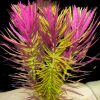 Freshwater Plant Guide
Freshwater Plant Guide
